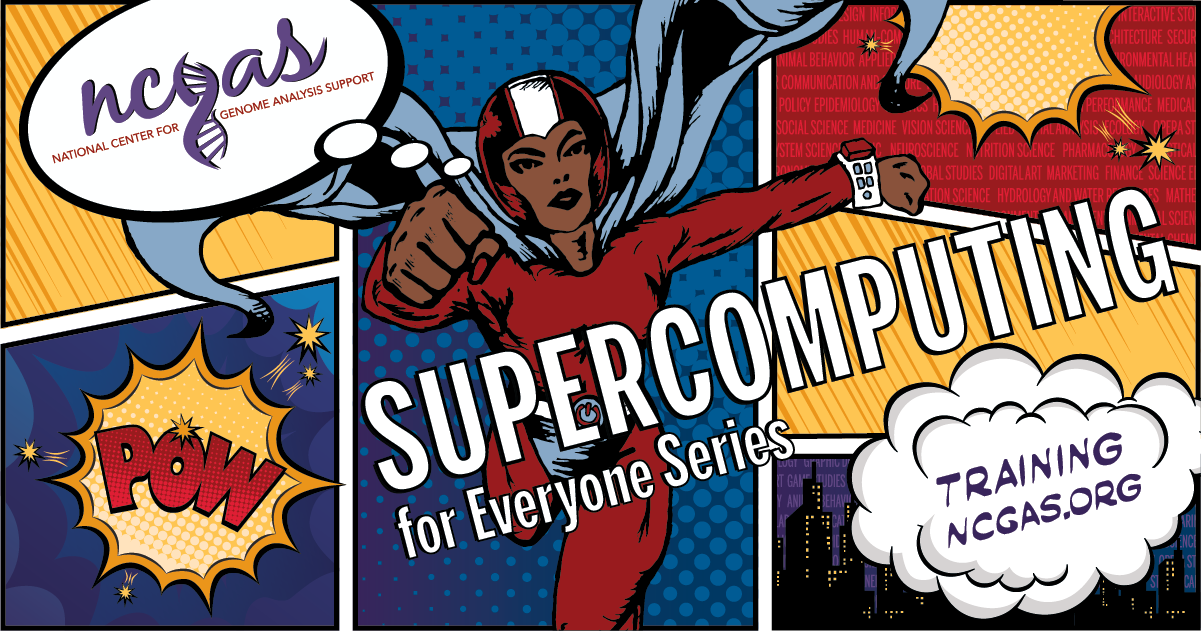
The National Center for Genome Analysis Support (NCGAS) provided this course to help participants get started in R, so they’ll be able to read and write code, and figure out where to get help when needed.
The NCGAS was funded by the National Science Foundation under Grant Nos. DBI-1062432 2011 , ABI-1458641 2015 , and ABI-1759906 2018 to Indiana University.
This workshop covers three major concepts in R:
- The general syntax of the language, the basic data types, and how to manipulate them.
- Introduction to the two different plotting paradigms in R, and visualizing GIS and ordination as examples of plotting different data.
- How to read and write functions in R.
The course does not focus on any particular analysis, but uses DNA sequences as a case study to apply the material covered. We will also cover how to use Jetstream (the research cloud) to power analyses in RStudio. Use of personal installations on laptops is fine for the workshop; however, we will not troubleshoot individual installations during class.

